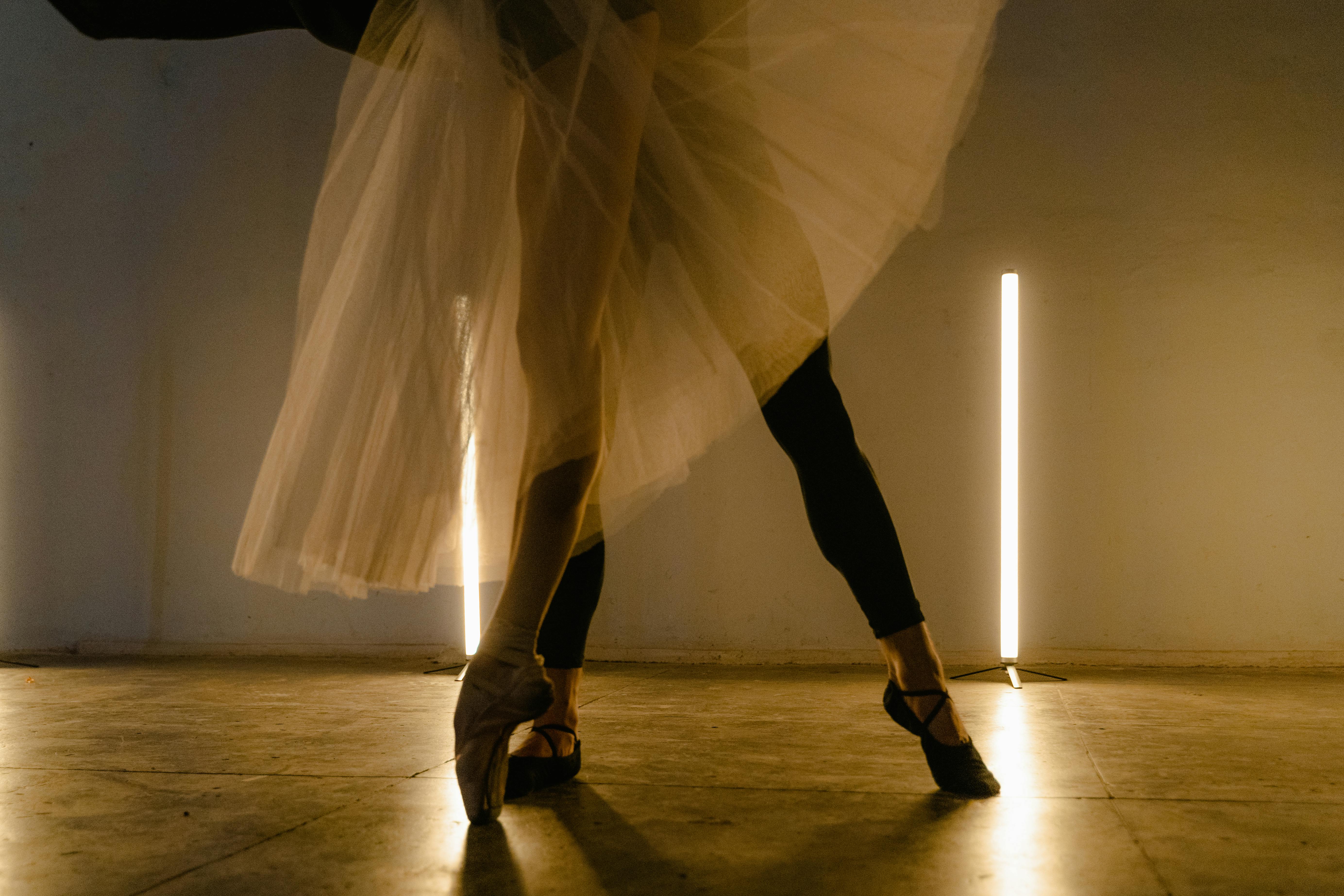Building Confidence for Stage Performance Through Consistent Practice
Consistent practice transforms stage nerves into dependable performance energy by reinforcing technique, musicality, and physical preparedness. Focused rehearsal in a studio setting helps dancers internalize choreography, strengthen conditioning, and refine rhythm and improvisation skills. Regular practice creates predictable responses under pressure, which supports both artistic expression and reliable stage presence across genres such as ballet, salsa, and hiphop.

Stage confidence grows from a foundation of intentional, repeated practice that addresses both physical and mental elements of performance. Regular rehearsal reduces uncertainty: when choreography, timing, and cues are internalized, attention can shift from worry to expressive choices. Conditioning and technique work together to ensure that physical demands—flexibility, balance, and stamina—are met, while musicality and rhythm training help performers stay connected to the score and fellow artists. Over time, consistent work in a supportive studio environment builds trust in one’s own abilities and in the process itself.
How does choreography build confidence?
Choreography provides a roadmap for what to do onstage; practicing it repeatedly helps convert conscious steps into automatic movement. Repetition allows dancers to explore dynamics, phrasing, and spatial awareness so that once onstage they can respond to unexpected changes without losing form. Working on variations of the same sequence—different tempos, formations, and costume conditions—prepares performers for real-world variability. This familiarity reduces cognitive load, leaving more capacity for performance quality and emotional connection.
Rehearsing choreography with partners or groups also cultivates ensemble awareness. Trusting that others will hit marks and counts decreases anxiety and increases focus on timing and expression.
What role does technique and conditioning play?
Technique is the structural backbone that keeps movement safe and precise; conditioning provides the endurance to maintain technical quality for an entire show. Regular technique classes that emphasize alignment, turnout, core stability, and footwork help prevent fatigue-driven errors. Conditioning sessions—strength, aerobic work, and targeted muscle endurance—support sustained performance and quicker recovery between shows or rehearsals.
When dancers see measurable improvements in technical consistency and physical resilience, confidence follows. Knowing the body can meet the demands of a role reduces fear of failure during a live performance.
How do ballet and flexibility training help?
Ballet training often emphasizes discipline, alignment, and control, which transfer across styles. Developing flexibility through structured stretching and progressive conditioning increases range of motion and reduces the likelihood of injury. These gains allow performers to execute lines and shapes with greater ease and fewer compensations that can undermine confidence.
Integrating ballet-based barre work or targeted flexibility routines into weekly practice supports graceful transitions and control, which are particularly valuable for demanding stage choreography.
How can salsa and hiphop improve musicality and rhythm?
Styles like salsa and hiphop emphasize strong rhythmic awareness and syncopation, training dancers to hear subdivisions and respond with precise accents. Practicing these genres sharpens timing, pocket, and groove, enhancing a performer’s ability to lock with music and other artists.
Rhythmic training—clapping, counting, and practicing with live or varied tracks—builds internal tempo control. Improved musicality makes dancers more adaptable when tempos shift or live musicians vary their phrasing.
How does improvisation support performance readiness?
Improvisation exercises strengthen spontaneity and creative decision-making, which are essential when things deviate from the rehearsal plan. Regular improv practice trains dancers to make confident, stylistically appropriate choices on the fly, turning potential moments of panic into opportunities for artistic expression.
Structured improvisation—guided prompts focused on dynamics, space, or interaction—can be integrated into warm-ups and cool-downs to keep this responsiveness sharp without sacrificing rehearsal of set choreography.
How can studio practice structure consistent rehearsal?
A reliable studio routine combines technical warm-ups, targeted conditioning, choreography run-throughs, and cooldowns. Setting measurable, incremental goals for each session—such as fixing a turn sequence, improving a transition, or refining a musicality cue—keeps practice focused and rewarding. Recording rehearsals for review, using mirrors or feedback from peers and teachers, and simulating performance conditions (lighting, costumes, full run-throughs) all reduce surprises onstage.
Organized scheduling that balances rest with progressive overload prevents burnout and supports steady improvement in both skill and confidence.
Conclusion Confidence on stage emerges from repeated, varied practice that attends to choreography, technique, conditioning, flexibility, musicality, and improvisation. Consistent studio routines and disciplined rehearsal strategies make performance responses dependable while leaving room for expressive choices. Over time, the combination of physical preparedness and mental familiarity with material creates a resilient, adaptable performer who can focus on artistry rather than uncertainty.






